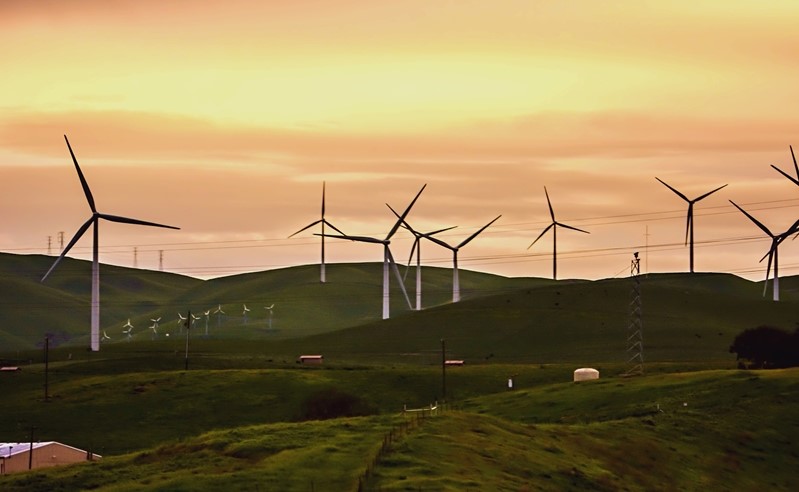
Driving Continuous Improvement Through Energy’s Most Transformative Years
The story of continuous improvement in U.S. energy has two alternate endings. Depending on the topic of conversation, the sector is either a poster child for CI or a cautionary tale for what happens without it.
How can the energy sector learn from its mistakes, double-down in its successes, and chart a course for better CI implementation in the future?
CI in energy: The good, the bad and the ugly
Over the last decade, the United States has surpassed Russia as the No. 1 natural gas-producing nation in the world, according to the Central Intelligence Agency. Additionally, the Energy Information Administration recently reported that, since 2008, crude oil production has nearly doubled to just over 9,100,000 barrels per day. As much as advantageous global economics drive this prosperity, these wins cannot happen without sustained logistical excellence afforded through continuous improvement programs and expert deployment throughout the industry.
On the other hand, the troubles in the production, generation and transmission arms of the energy sector at times outweigh all the good found upstream. These sections have widely struggled to update legacy infrastructure well-past its prime, integrate the latest renewable energy technology into their operations sustainably, and safeguard the grid from cyberattacks. Although deeper dives may reveal success stories in one or two of these problems, the industry is far from where it ought to be and much can be attributed to a failure to adapt intelligently with the times.

Without a deeply rooted culture of continuous improvement, the future of the energy sector could be bleak.
With so much to be done, the energy sector must learn to adapt quickly but sensibly, a lesson offered by the very best continuous improvement practices. Thinking about implementing or improving upon CI at your energy firm? No matter where your company resides on the energy continuum – exploration, extraction, production/generation, transmission, or distribution – it’s time to get serious about your methodology for identifying, engaging in and optimizing improvements across all areas of your business.
How can companies in the energy sector build lasting appreciation for and adherence to continuous improvement to meet its challenges head on?
Question everything, even the best problem-solving
Writing for Finance Magnates, Grant Eggleton, vice president of Global Production Solutions at P2 Energy Solutions, made a compelling point, perhaps unintentionally, about CI in his discussion of big data and surveillance in oil extraction.
At the surface, predictive forecasting through the acquisition of large data sets resolves many issues upstream oil has faced throughout its existence: safety, shortages of skilled labor, and cost-effective asset management that supports uninterrupted uptime. However, unless surveillance data fuels a greater, more specific mission, extractors run the risk of producing a glut of information with little to no insight or actionable intelligence.
How then does a continuous improvement team treat a great idea with a high risk potential? By defining all CI projects with limits and exceptions that gauge their usefulness. Once the established projects fall short of these qualifications, the team must reassess and possibly restructure the system. Remember: A great idea in desperation may not be a good idea in times of success. Always self-evaluate and put the criteria for evaluation in concrete terms.
Strive for cross-departmental buy-in
Previous posts have stressed the importance of creating a diverse CI project management team. As valuable as that is on a project-to-project basis, CI is also a holistic enterprise philosophy. It touches all corners of a business regardless of industry, and even small pockets of reluctance can dismantle the entire undertaking.
If, however, leaders feel as though they are forcing CI initiatives onto unwilling workers, they must stop immediately and re-examine their approaches. Employees are not to blame. This friction is, more often than not, evidence that management has failed to put together a department specific value proposition for CI.
Where this is most common is in industries like energy with complex regulatory frameworks undergoing massive transitions. Sometimes, CI teams may feel as though paving the fastest route to compliance involves steamrolling right through one department, making extra work or mandating unexplained changes.
Fight that urge. Remediation of this problem and advocacy from all will require a stronger balance between the letter of the law and discussions with departmental stakeholders.
Always leave room for motivation
Continuing from our last point, how does a CI team instill the importance of an improvement whose value is not readily understood or directly derived from the actions of a single department?
How, for example, does an energy transmission company meaningfully articulate the gravity of behavior-based safety protocols to its maintenance technicians? By demonstrating, in no uncertain terms, the many consequences suffered by injured workers, co-workers, end users and the greater business. Moreover, CI teams must express how these frontline employees are the strongest defense the company has against these problems. The successes or failures of the employer hinge entirely on those willing to take on this enormous responsibility.
The same method should be applied to every CI project, from incorporating new cybersecurity standards to training for reporting on new efficiency retrofits. Once intangible benefits are placed in tangible terms, any subset of the energy sector can drive CI for anything. Building this motivation into the project, however, takes finesse and planning.
For information and guidance on how to approach specific CI projects in energy, contact the project management experts at USC Consulting today.






